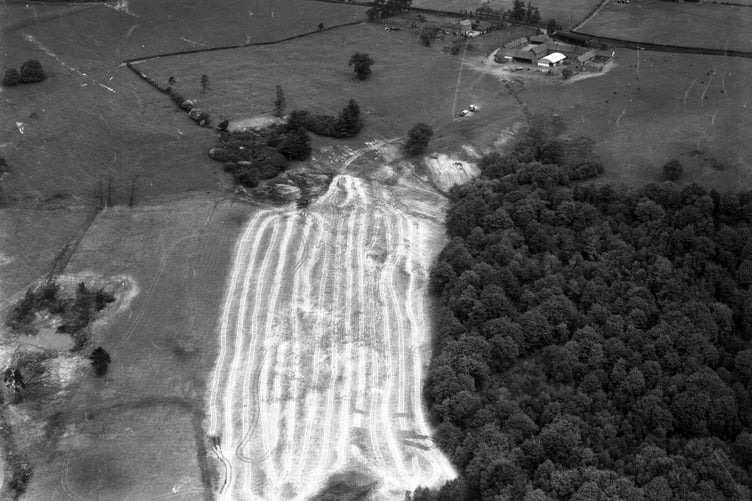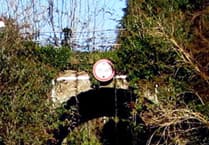THE team behind Howle Hill’s Memorial Garden project are appealing for old photographs of the area’s lime kilns and details about the servicemen named on the village’s war memorial.
Yolande Watson, a spokeswoman for the project team explained that as part of the plan, the present memorial will be moved from its current position in a corner next to the bus shelter, and placed inside a beautifully tended garden, which will be maintained by local residents.
“We are keen to obtain any photographs or images of Howle Hill lime kilns, lime burning or the men named on the memorial,” Yolanda said.

She urged people with information to attend an event on Sunday, August 18, at 2pm, at the Howle Hill crossroads next to the bus shelter. If this is not convenient they can send scanned copies of the photographs and any addition information to [email protected].
The Howle Hill Memorial Garden Project is operated under the aegis of Walford Parish Council and following a recent successful application to the National Lottery Community Fund, the memorial garden is 'greening up' a piece of highway.

The village no longer has a pub, post office or church so the memorial garden will provide a much-needed safe space for residents to hold social gatherings including Remembrance Services.
Mary Sinclair-Powell, Ross British Legion branch events co-ordinator and historian, has supplied the project with many photographs and documents including a transcription of a recording of an interview carried out by Joyce Manwaring, former resident of Wenslow Cottage, Howle Hill, with Mrs Joyce Roberts, former church warden at St. John's church, Howle Hill, in December 1997.
From the transcript Mrs Roberts said: “Although lime kiln burning had ended in the 1920s, lime kilns were still a feature on the hill and some kilns can still be seen, but sadly some have been filled in.
“The kilns were a favourite playhouse for many children playing games of mothers and nurses and with their rag dolls and broken crockery. I am sure a lot of my childhood bits could still be found in the lime kiln opposite Normansfield.
“The large gentlemen’s houses provided work for a lot of men as gardeners, game keepers, grooms and other tasks. Some worked, of course, in the building trade, others in hay-trussing, thatching and cider making, and hedge laying and wall masonry – all specialised jobs.
“Many local men however were employed in these jobs. Others worked in the Forest coal mines which meant a long walk to Lydbrook or Cinderford, leaving about five o’clock in the morning and returning about three o’clock in the afternoon, covered in coal dust, often wet up to the knees, according to the amount of water in the pit.”
• The names on the memorial are: L Bridgnan, G Brown, A Bundy, FC Butt, GWT Butt, RA Butt, J Cawthorn, R Coundley, H Evans, E Farmer, S French, F Gibbons, W Gibbons, R Gwatkin, AG Harris, E Harris, FT Harris, A Hughes, E Hughes, E Hughes, F Hughes, W Hughes, FA Jenkins, HH Jones, G Lane, G Lane, HC Lane, O Larner, OE Larner, RJ Lerigo, TW Lerigo, J Lloyd, WH Middlecote, F Morgan, W Morgan, J Morley, EP Morris, L Morris, J Obrian, A Powell, A Powell, C Pudge, HW Pudge, HG Roberts, W Sims, AG Symonds, WH Symonds, R Toomer, W Whitby, and FH Young,





Comments
This article has no comments yet. Be the first to leave a comment.